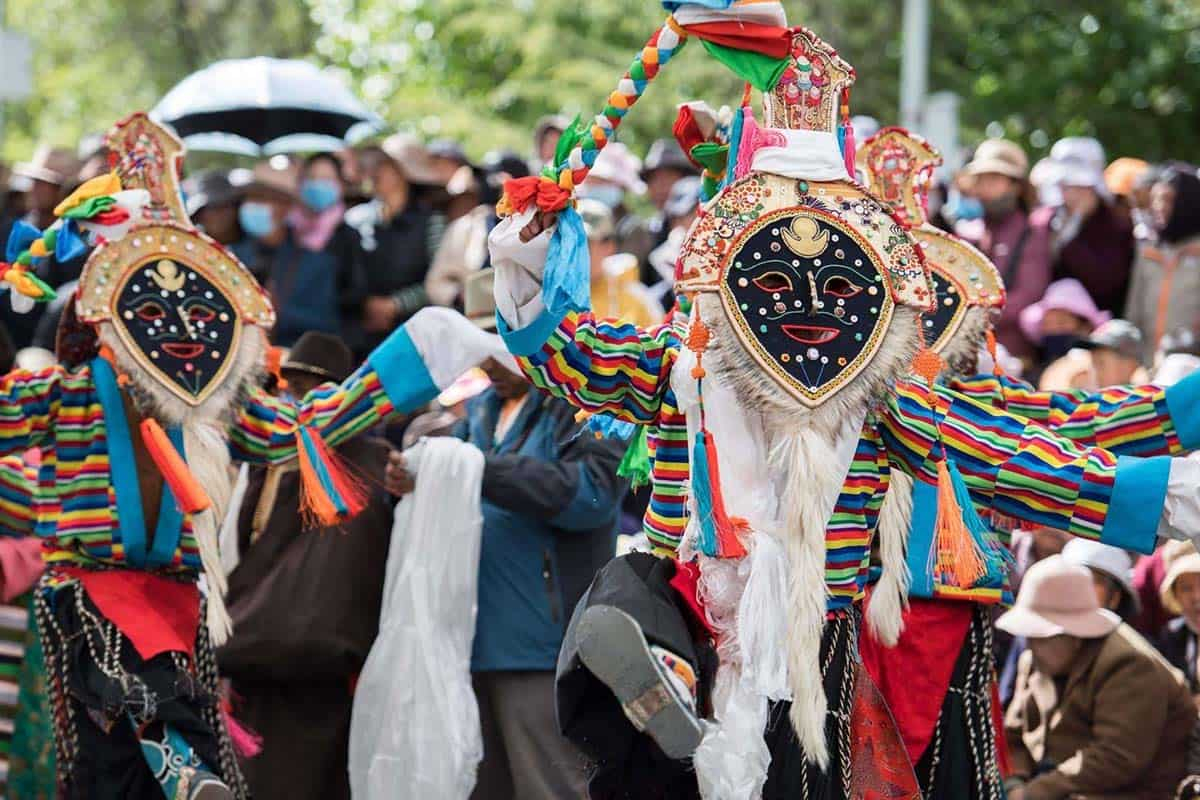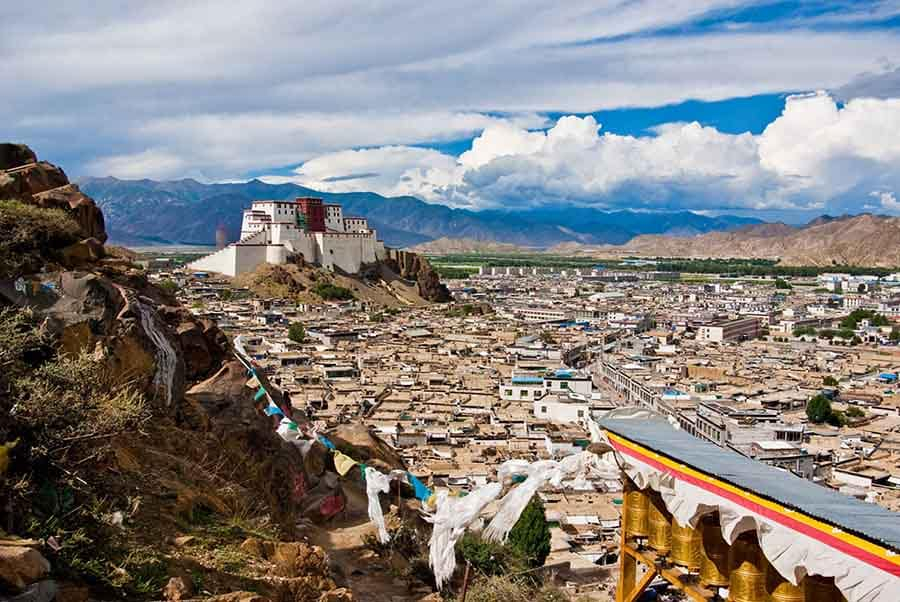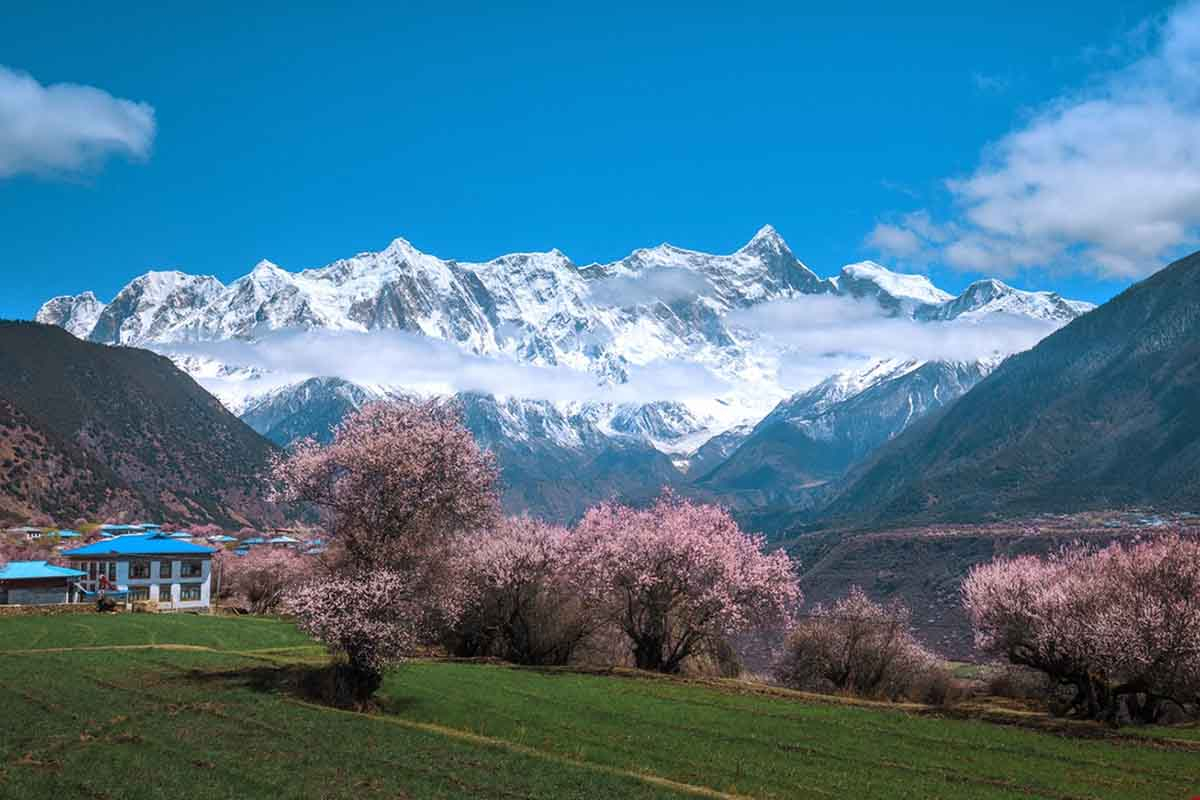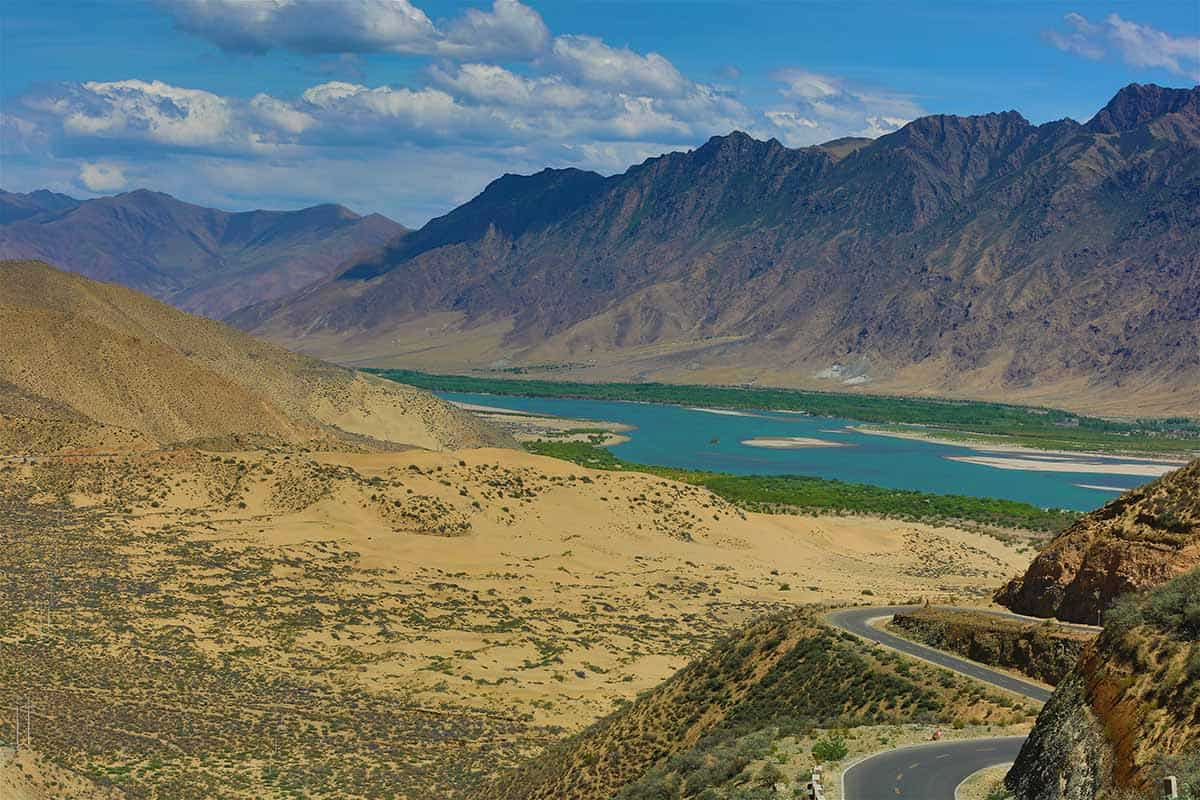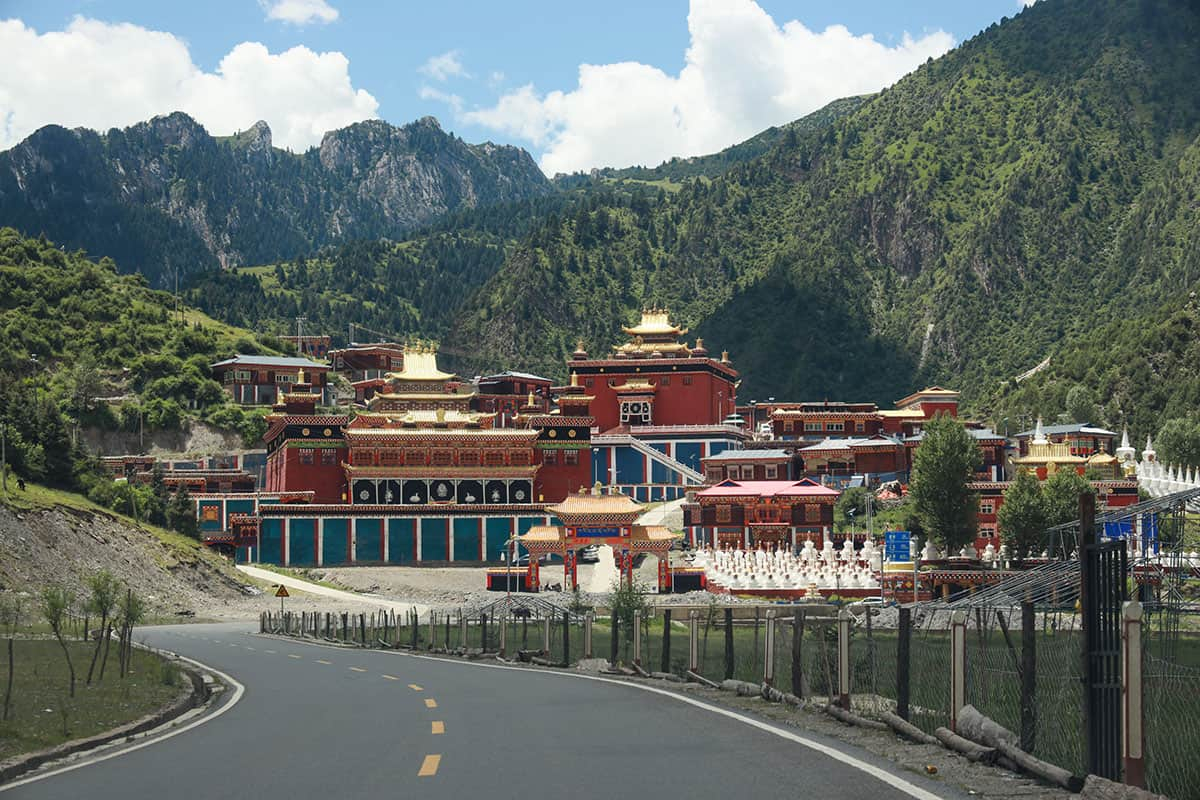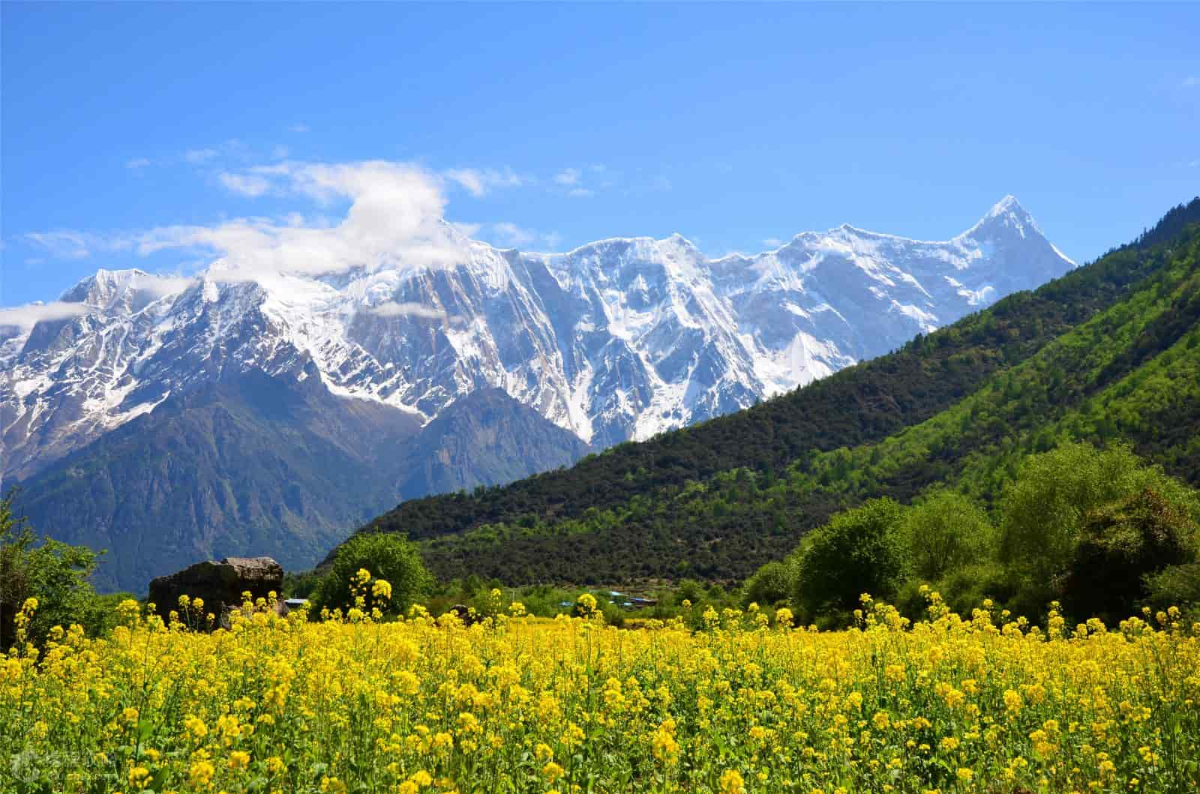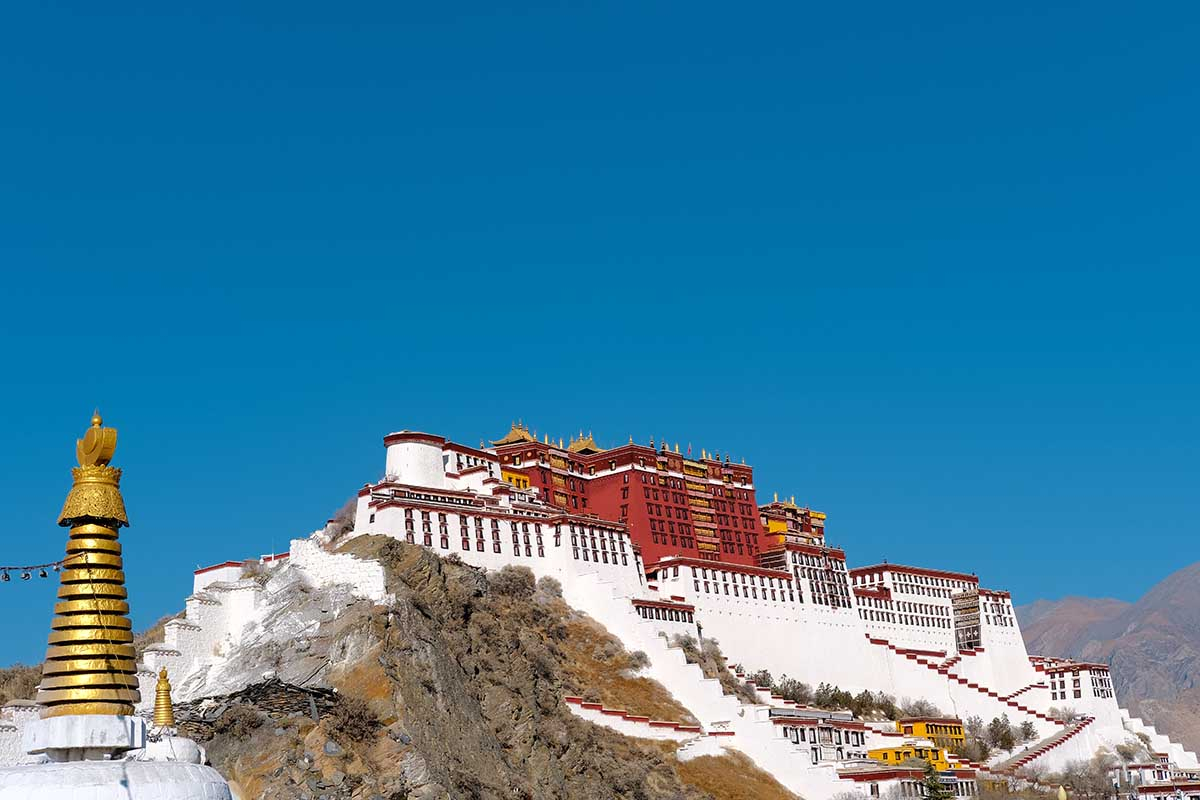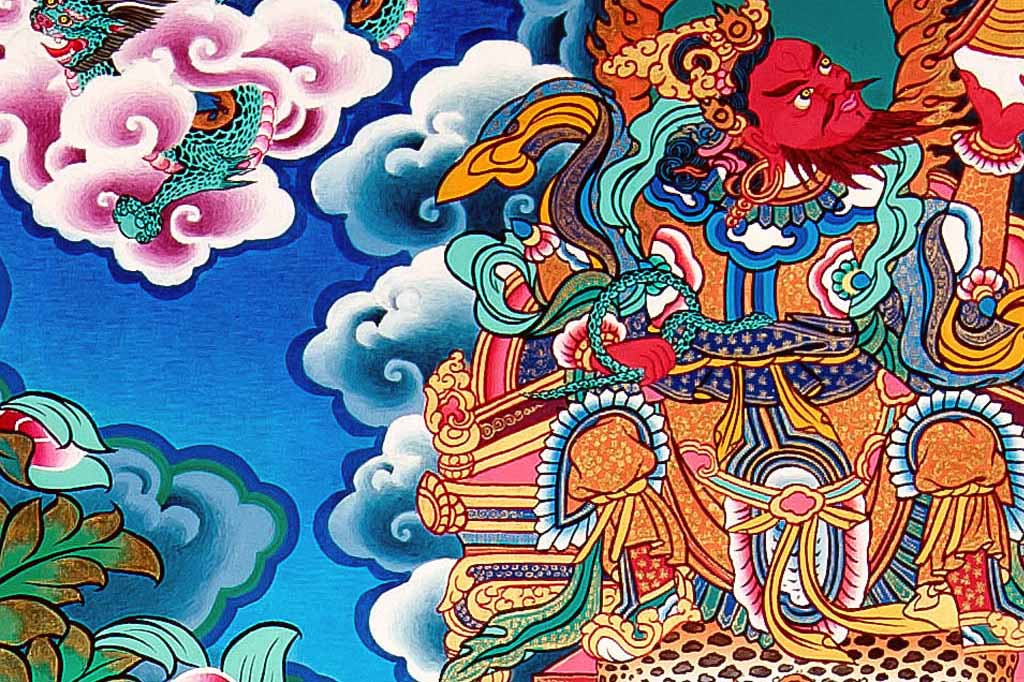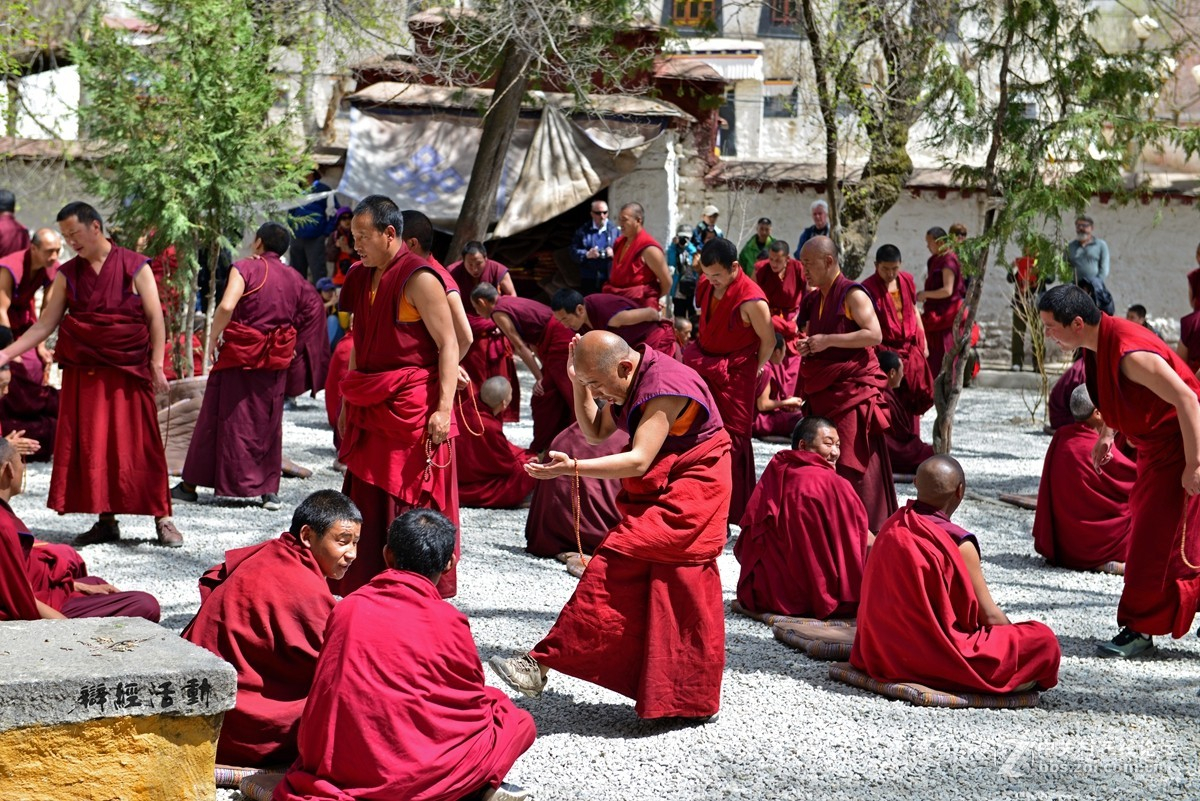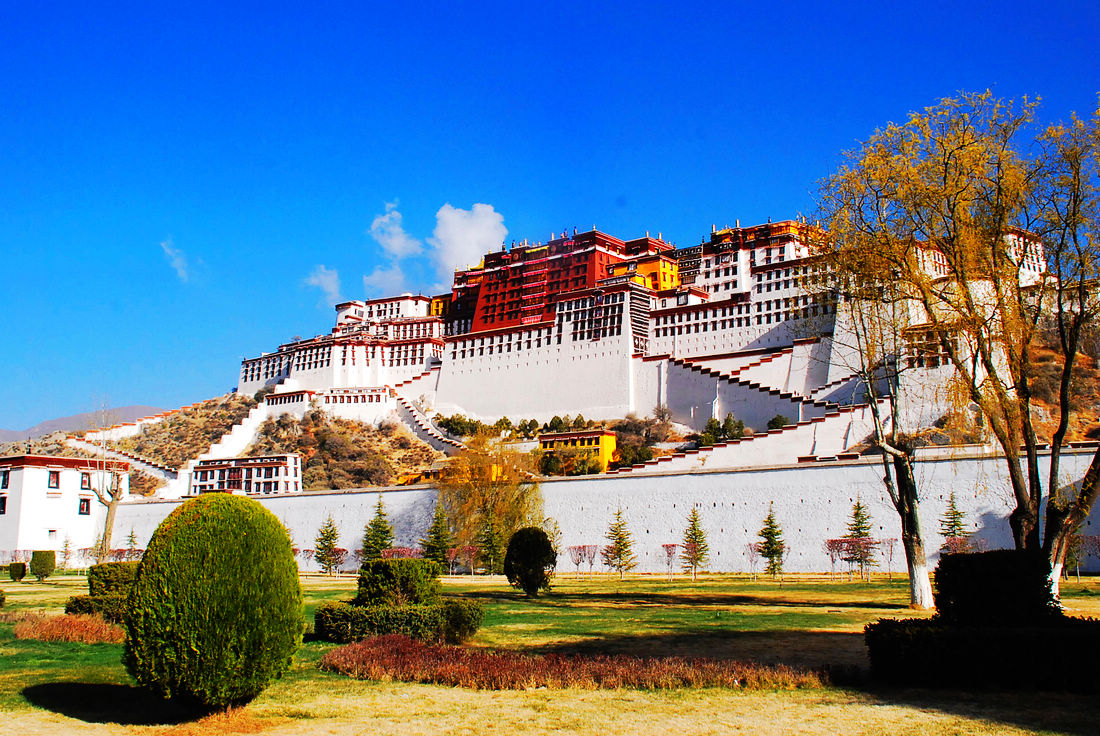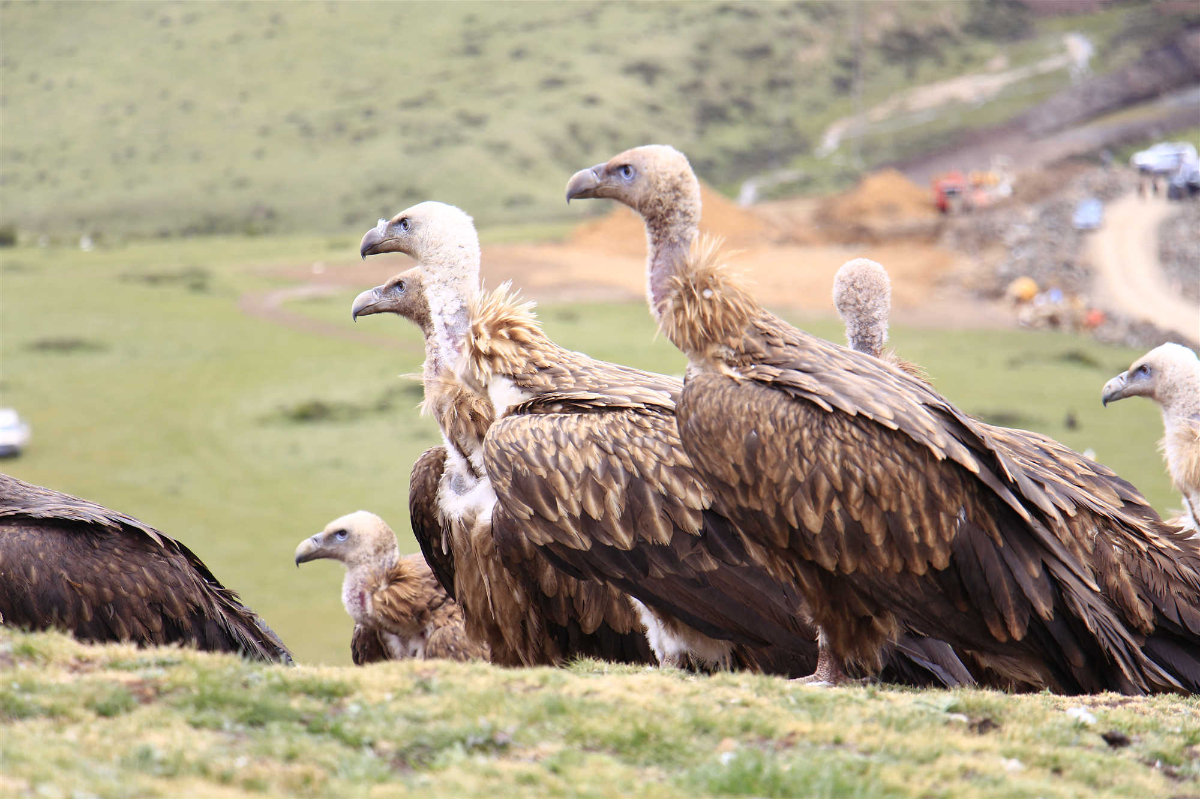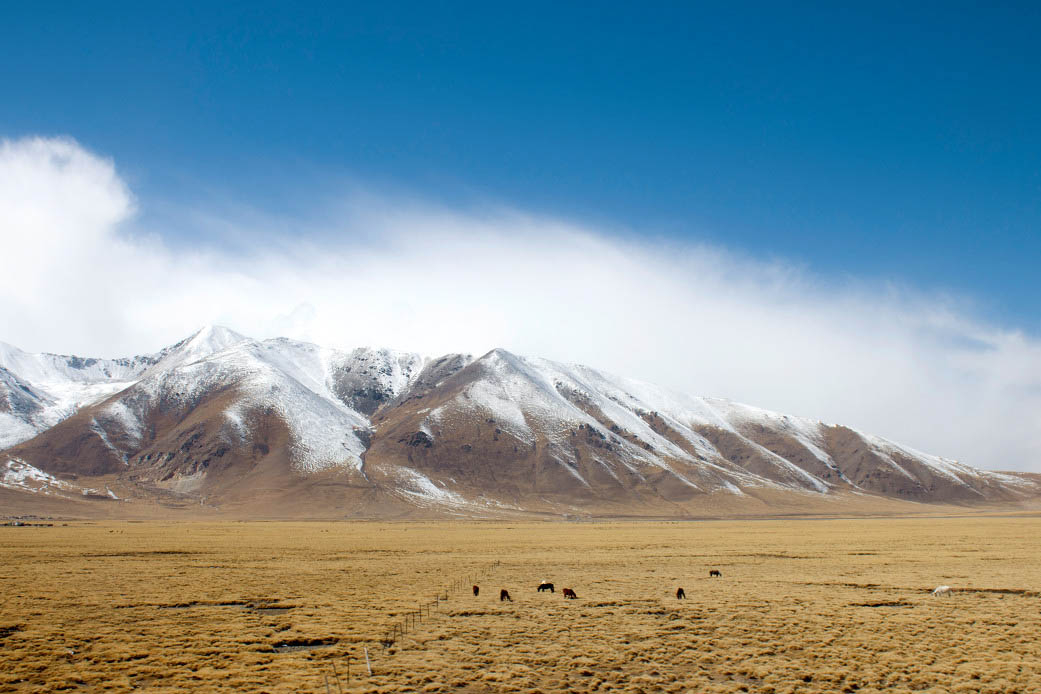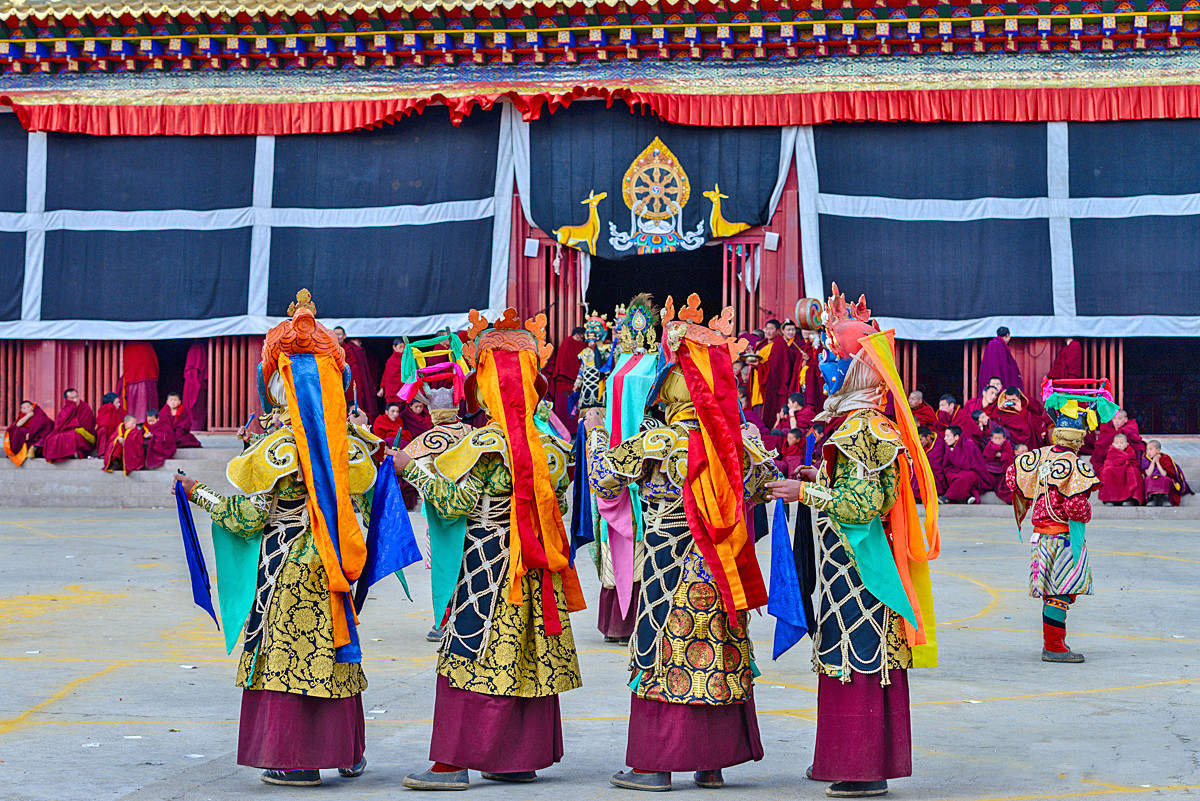Shigatse Travel Guide~the second largest city in Tibet
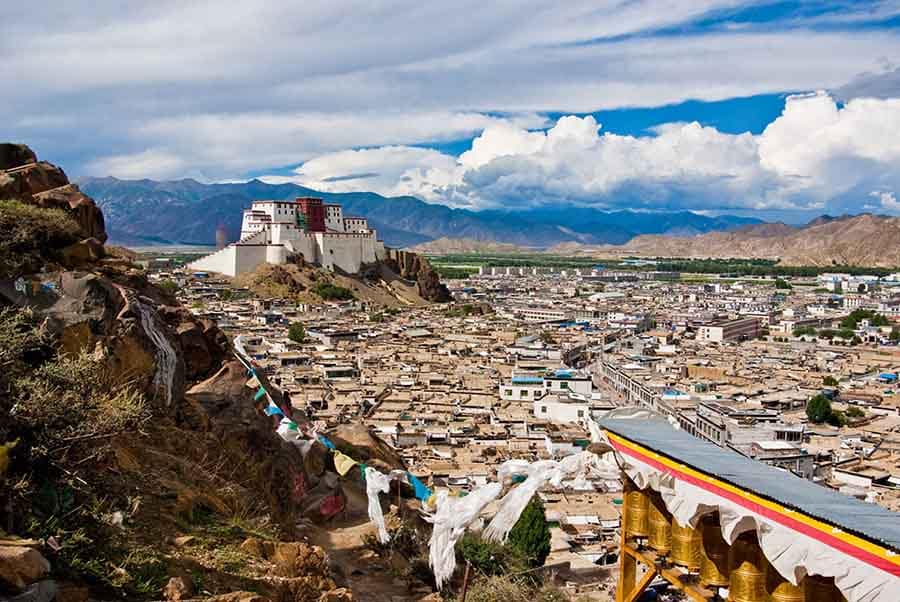
Located in the alluvial plain at the confluence of the Brahmaputra and the Nianchu River, Shigatse is 273 kilometers west of Lhasa. At an elevation of 3,800 meters, with an area of 3,875 square kilometers and population of 820,000, it is the second biggest city in Tibet. It is an ancient city with a history of 600 years. It is named Shigatse in Tibetan and Rigaze in Chinese, originally meaning ‘a manor of the most fertile soil’.
In the middle of the 13th Century AD, the Yuan Dynasty (1271-1368) set up 130,000 households in Tibet and the region which now constitutes Shigatse came under the jurisdiction of the Lord of Xialu. In the early 14th Century, Great Situ (minister of education in ancient china), built the Pazhu Dynasty to replace the Sajia Dynasty, moving the political center in the lower reaches of the Nianchu River from Xialu to Shigatse.In 1960, Shigatse became a county. In 1986, the State Council authorized it to become a city.
Tibet’s second-largest city and the traditional capital of Tsang province, Shigatse is a modern, sprawling city, with wide boulevards humming with traffic. As you drive in across the plains, the sight of the Potala-lookalike Shigatse Dzong, high on a hilltop overlooking the town, will probably fire your imagination, but the fort is empty and most of what you see dates from a 2007 reconstruction. It is Tashilhunpo Monastery that is the real draw here. Since the Mongol sponsorship of the Gelugpa order in the 17th century, Tashilhunpo has been the seat of the Panchen Lama, the second most important spiritual figure in Tibetan Buddhism after the Dalai Lama.
● Top things to do in Shigatse
With the average elevation from 3,840 to 4,464 meters, Shigatse is one of the most attractive tourist destinations in Tibet with its ancient culture, majestic temple architecture, magnificent natural scenery, and superior geographical position.
Endless meadow, fruitful cropland, spectacular snow-covered mountain....you can find all the awe-inspiring scene that impresses you in Shigatse. Besides, the pleasant climate and fertile land provide a stable life for the local people, therefore, it is regarded as “the Manor of Happiness”.
Shigatse is famous with its beautiful natural scenes such as the snow mountains led by Mount Everest, beautiful primitive forest belts, the holy mountains, holy lakes and grasslands which enhance each other, Shigatse is also rich in cultural landscapes such as legendary temples and the characteristic culture and customs of gTsang; which altogether present the historical traces of social development of Tibet to tourists.
Tashilhunpo Monastery - the seat of Panchen Lama, Sakya Monastery - “Second Dunhuang” treasuring precious scriptures and delicate murals, Pelkor Chode Monastery - landmark of Tibetan art history, Rongbuk Monastery - the highest monastery on earth, etc. It’s definitely a place where you can explore Tibetan Buddhism more deeply.
● Sitting on the southern slope of Nyiseri Mountain in the west of Shigatse City, Tashilhunpo Monastery, built in 1447 by Gedun Drupa, the first Dalai Lama, is the largest monastery in Tsang Area as well as the traditional seat of successive Panchen Lamas, Tibet's second highest incarnation.
● Sakya Monastery is the center of the Sakya Sect. In Tibetan, the word Sagya means “gray soil” referring to the weathered gray earth on the Bonbori Hill where the monastery is located. The Sakya Monastery holds the world’s largest treasure of Buddhist scriptures written on pattra leaves.
● At an elevation of 8,848.13 meters, Mount Everest, or Mount Qomolangma is the main peak of the Himalayas. This world’s No. 1 peak rises high on the border of China and Nepal.As one of the masterpieces of nature, Mount Everest is blessed with many extreme wonders.Although ordinary tourists are banned from areas above Rongbuk monastery, which is around 5,000m above sea level, but can still be able see the dramatic north face of Everest from the Rongbuk Monastery.
● Pelkor Chode Monastery means “Auspicious Wheel Joy Monastery” in Tibetan language. It lies at the foot of the Dzong Hill to the west of Gyangze Town. Encircled by mountains on 3 sides, the monastery is composed of 4 major parts: Buddhist halls, tower, Zhacang and surrounding wall. The silk Thangka, 16 arhats’ sculpture, 3-dimensional Mandala and various sculptures inside all have a long history and unique style.
● Besides, Shigatse connects Ngari/Ali on the west, Nagqu on the north, Lhasa and Shannan on the east and borders Nepal, Bhutan, India on the south, making it become the most popular tourist hub for travelling around the whole Tibet Autonomous Region and delving into the mystical kingdoms of Himalayas.
● Shigatse Food and Drinks
Shigatse is a vast and remote area of Tibet, Shigatse food is the typical Tibetan food, just similar to that in any area of Tibet. The food in Shigatse is simple and practical in general, but the food is full of nutrition and calories, which can provide enough energy for your activities in this remote area with high elevation and chilly weather. only simple materials like dairy products, beef, and mutton are provided in Shigatse. include Tibetan sausage, high-land barley wine, yak butter, beef and mutton, tongue of yak that is served cold and dressed with sauce, tsampa, sweat tea, milk tea, yoghurt, etc.
● Shigatse Climate
As the reason for the high altitude, the main characters of Shigatse weather are thin air, strong UV rays, low air pressure, low oxygen content. The division of the wet season and the dry season is clear. Normally, from October to April in the next year is the dry season. From May to September belongs to the wet season. The rainfall reaches the highest point around the year in June and August. The best time to visit Shigatse is from June to November when the weather is warmer and visibility is better.
● Shigatse Transportation
By bus: Enough regular coaches are also available from Lhasa to Shigatse. Driving to Shigatse is the most popular way because there are many interesting places to see along the driving, such as Yamdrok Lake, Palcho Monastery, etc. It needs about 8~9 hours for the driving (traveling).
By Train: Two daily trains starting from Lhasa in 8:30 and 15:20 will bring you to Shigatse within 3 hours. Tashilhunpo Monastery is just 7.4 km to Shigatse Railway Station and you can take a public bus or take a taxi.
- HOTEST
- RECOMMEND
